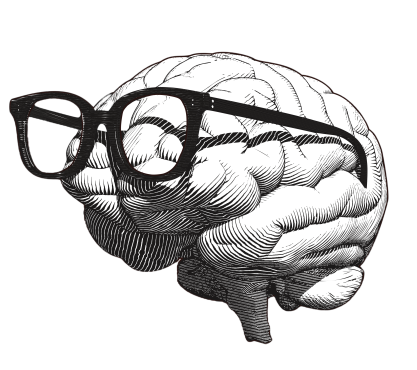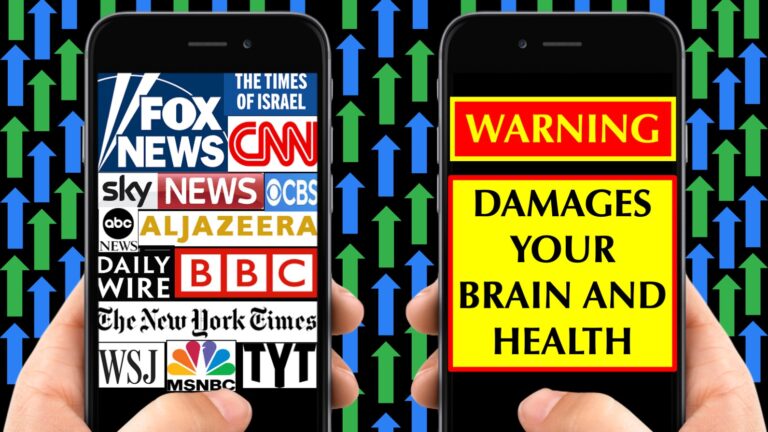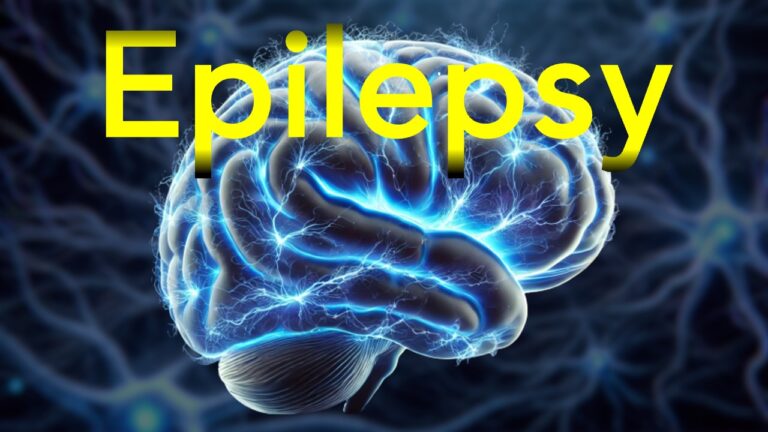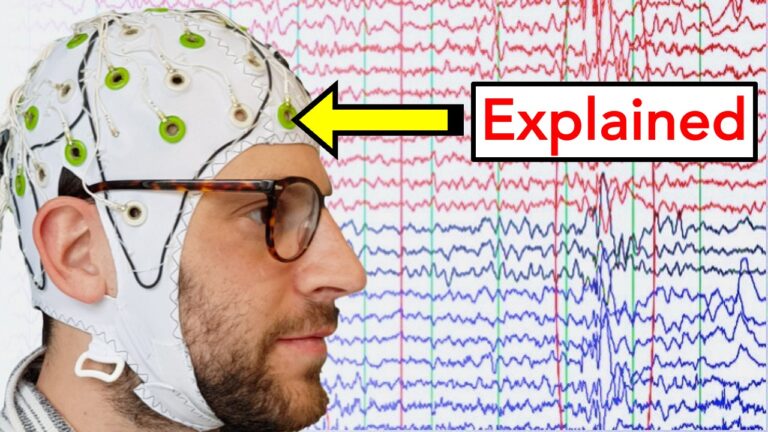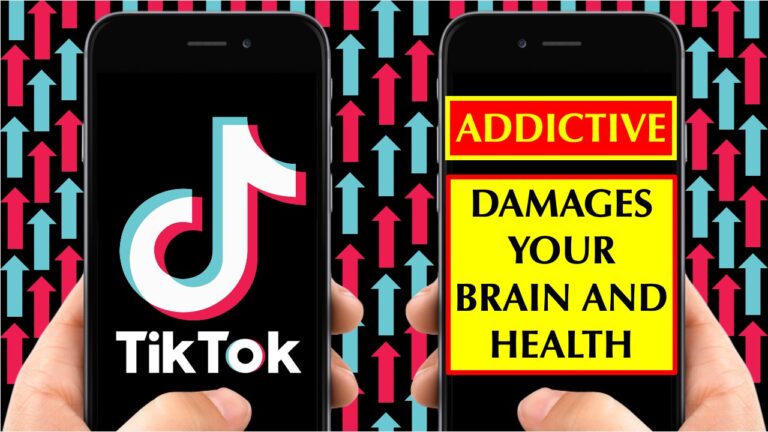How Psilocybin Mushrooms Transform Your Brain And Mind
‘Magic’ mushrooms, or psilocybin mushrooms have captured public attention due to their powerful effects on the human mind. Traditionally used in religious or spiritual ceremonies, these mushrooms are now being studied by neuroscientists. Recent research suggests that psilocybin, the active ingredient, may change the way our brain processes information. Some people report deep, meaningful insights, while others experience frightening hallucinations. By understanding how psilocybin works in the brain, we can see why it holds so much promise for helping with certain mental health issues, yet also why it must be handled with care.
How Psilocybin Works in the Brain
A Chemical Key to the Mind’s Locks
Psilocybin is converted in the body to psilocin, a compound that can fit into specific receptors in our brain. These receptors normally bind to serotonin, a chemical that influences mood, perception, and many other functions. Psilocin looks a lot like serotonin. Because of this, it can attach to the same receptors, especially the 5-HT2A type, found in high levels in areas of the brain that shape our sense of self, our emotions, and how we interpret the world.
Altering Brain Signalling
When psilocin binds to these receptors, it changes how signals flow between different brain regions. Imagine a well-organised company with strict rules and routines. Psilocin comes in and loosens these rules, letting information travel in new and sometimes unexpected ways. This shift may explain why people often describe experiences on psilocybin as eye-opening or profound.
Breaking Down Normal Filters
Our brains usually filter out a lot of incoming information. These filters help maintain a stable picture of reality. Psilocybin reduces these filters, allowing unusual connections and associations to form. Colours may seem brighter, music might feel more meaningful, and personal memories can resurface with startling clarity. But this also makes the user more vulnerable to confusion or anxiety if the experience becomes overwhelming.
Effects of Psilocybin on Brain Activity
Disrupting the Default Mode Network (DMN)
A key finding from brain scan studies is that psilocybin reduces activity in the default mode network (DMN). The DMN is a set of brain areas that work together when we daydream or reflect on ourselves. Too much DMN activity may be linked to negative thinking loops, such as those seen in depression. Under psilocybin, the DMN quietens down, making it easier to break out of these loops.
Promoting Cross-Talk Between Brain Regions
Brain imaging shows that, while some networks reduce their activity, others start to communicate more freely. Areas that do not usually interact much begin sharing information. This “hyperconnected” state can lead to new insights, unusual perceptions, or creative thinking. However, it can also lead to sensory overload if the user is not prepared.
Temporary Chaos or a Path to Insight?
The changes in brain activity caused by psilocybin are not permanent. The effects wear off as the drug leaves the body, and normal patterns return. Yet, people often report feeling changed by their experiences, even long after. Some believe that these temporary periods of “chaos” in brain signalling can help reset old patterns of thought and behaviour, offering a fresh start.
Potential Therapeutic Uses and Risks of Psilocybin
Treating Mental Health Conditions
Modern clinical trials are exploring psilocybin for treating depression, anxiety, and even addiction. Early results are encouraging. In some carefully controlled settings, a single guided psilocybin session has shown lasting reductions in depressive symptoms. Scientists think the drug helps patients rethink harmful beliefs and promotes feelings of connection and purpose.
Reducing Fear and Negative Thought Patterns
Some studies suggest that psilocybin can help people face painful emotions or memories with less fear. This may help patients process trauma or grief. By quieting the DMN and allowing new connections to form, psilocybin can open mental “windows” to healing.
Mindful Use and Medical Guidance
Despite these promising results, psilocybin is not a magic cure. There are risks, including the chance of a “bad trip” with severe anxiety or panic. In some individuals, especially those with a family history of certain mental illnesses, it could trigger psychosis-like symptoms. The drug should always be taken with extreme caution, ideally under medical supervision. Proper screening, a safe environment, and professional guidance can reduce these risks.
Legal and Ethical Considerations
Psilocybin remains illegal in many places. Its use in therapy is highly regulated, with doctors and researchers following strict guidelines. Ethical questions also arise. Should a substance that can alter reality so deeply be widely available? Policymakers, doctors, and the public will need to work together to find responsible ways forward.
Conclusion
Psilocybin mushrooms can profoundly change how our brains work. By mimicking serotonin, psilocin nudges our nerve cells to communicate in new ways, often unlocking unusual insights or breaking harmful mental habits. While this effect can help treat serious conditions like depression, it also comes with real risks. Understanding the balance between potential benefits and dangers is crucial for anyone considering psilocybin.
As more research emerges, scientists hope to develop safe, controlled treatments that harness psilocybin’s positive qualities while avoiding unwanted side effects. With proper guidance, psilocybin could play a valuable role in mental healthcare. By staying informed and cautious, we can navigate the path from ancient tradition to modern science, using this remarkable fungus to promote healing and growth.
For a more detailed explanation and visual breakdown of the neuroscience behind psilocybin, watch my accompanying YouTube video. There, I dive deeper into the science and help you understand how psilocybin changes the brain at a cellular level.
Thanks for reading and please comment on YouTube with any questions! Click here to see the other blogs and associated videos I have about neuroscience! 🙂
If you want to support this evidence based neuro-explainer content then feel free to buy me a coffee or become a patreon! 😊
References
Neural activity of psilocybin: https://www.pnas.org/doi/10.1073/pnas.1119598109
Psilocybin for depression: https://www.nature.com/articles/s41598-017-13282-7
Disclaimer: The information provided in this blog is for educational purposes only and should not be construed as medical advice. Psilocybin remains a controlled substance in many jurisdictions, and its use should be in compliance with local laws and regulations. Always consult a qualified healthcare professional before considering any form of treatment.
